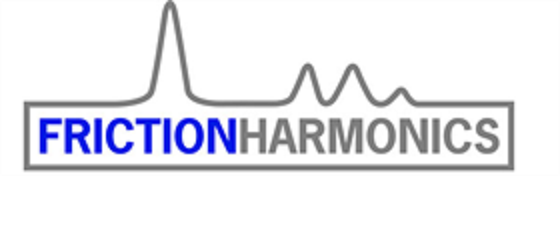Project Overview
Friction Stir Welding
Friction stir welding (FSW) is a solid-state joining process developed at TWI Ltd in 1991. FSW works by using a non-consumable tool, which is rotated and plunged into the interface of two workpieces. The tool is then moved through the interface and the frictional heat causes the material to heat and soften. The rotating tool then mechanically mixes the softened material to produce a solid-state bond.
Friction stir welding offers many advantages over fusion-based joining processes, especially when joining aluminium alloys:
- Remaining in the solid-state, avoiding many of the defects associated with melting and solidification during fusion welding, such as pores and solidification cracks.
- The peak temperatures are lower, allowing a reduction in distortion and shrinkage.
- Being able to join many ‘non-weldable’ aluminium alloys, namely from the 2xxx and 7xxx series.
- Producing superior mechanical properties.
- No filler metals, flux or shielding gas are required. No fumes, porosity or spatter are generated.
- Fully automated, making the process highly repeatable.
- Energy efficient.
Overall, FSW is a material joining technique that is a major breakthrough due to its substantial advantages compared to other techniques for welding aluminum alloys. Despite its merits, FSW use is still limited due to the potential for ‘kissing bond’ defects. Kissing bonds reduce the stress-load resilience of FSW materials and are challenging to detect or accurately size using existing NDT methods.
FrictionHarmonics project
The FrictionHarmonics EU-funded project focuses on the detection of kissing bonds in friction stir welds, it was initiated to develop a non-destructive testing system to detect kissing bonds in aerostructures and automotive components.
Advantages of the FrictionHarmonics project include:
- High automation capability
- Flexibility & Ease In Manipulation
- User friendly interface
- NLUT technique
- Reliable kissing bond detection
- Ability to scan flat and curved surfaces

